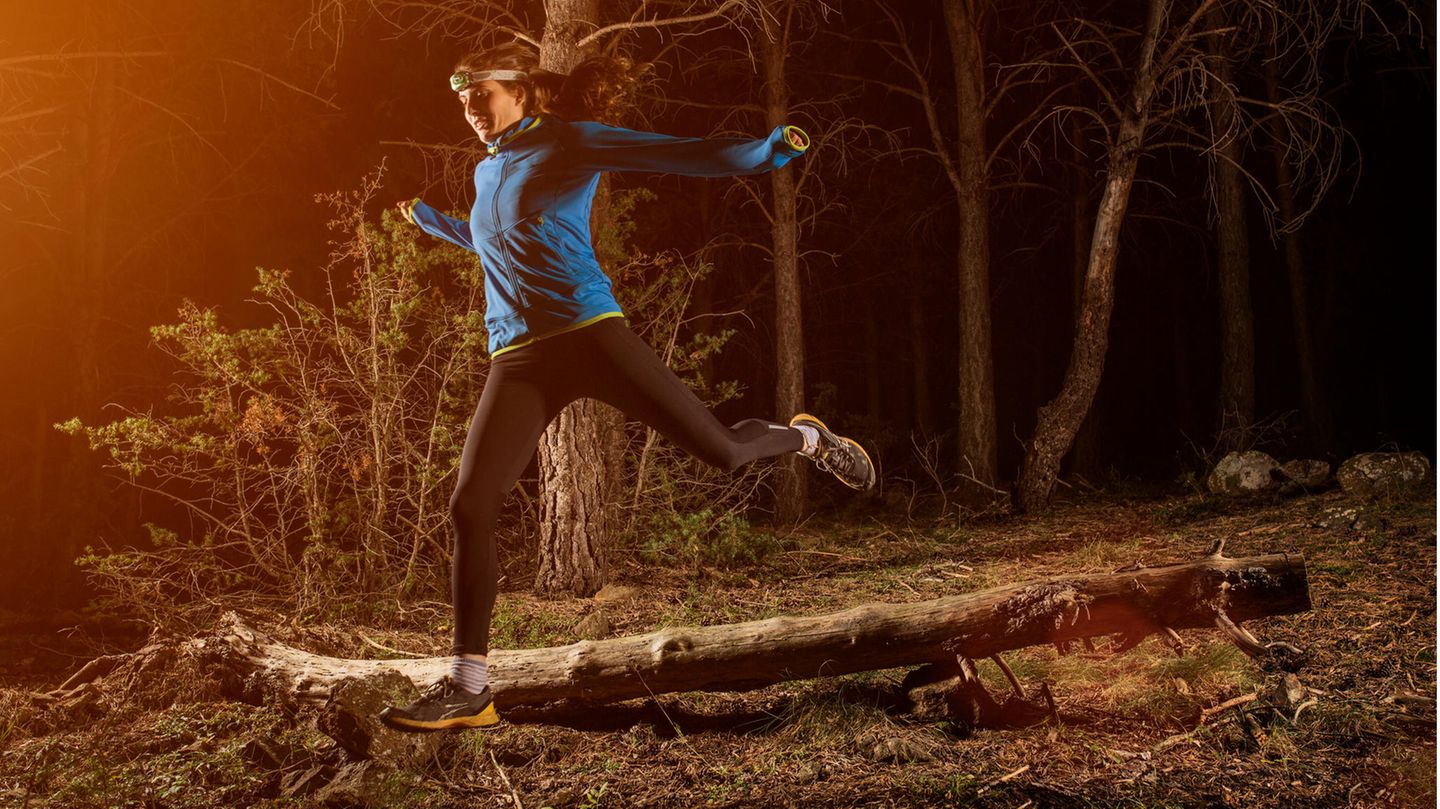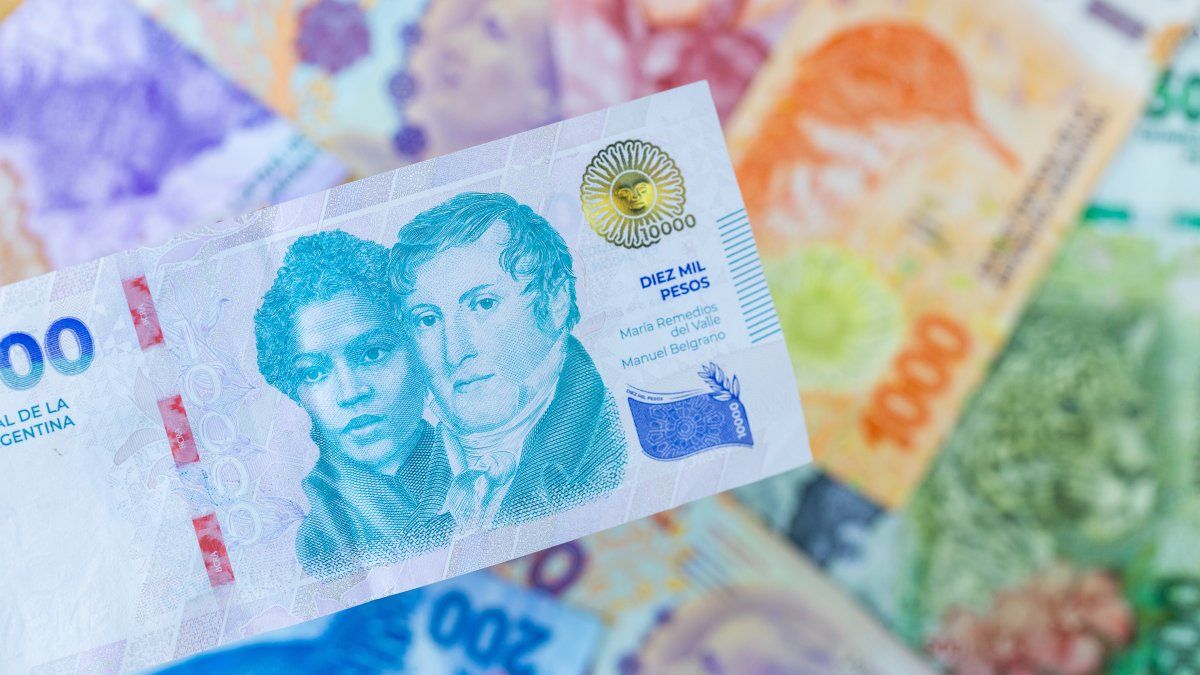Hooray! Hooray! Winter will soon be here again! And many runners have a small problem in the morning and evening: the darkness. Read here which tools are important for survival when jogging in the dark.
See and be seen. When jogging in the dark, this popular saying, borrowed from the jet set, is a mantra. A mantra that can protect runners of all abilities from falls and accidents and therefore from serious injuries or even worse consequences. In this article you can read about what is particularly important when training after sunset (or before sunrise), how to minimize the risk of stumbling on dark trails and which smart gadgets help car, motorcycle and cyclists recognize joggers from afar Article.
Gadgets that make jogging in the dark safer
Jogging in the dark: Beware of tripping hazards!
In addition to walking, jogging also experienced a small renaissance during the corona pandemic between 2020 and 2022. The world of culture stood still for months, sports fields were deserted, climbing halls were closed and many people lost motivation over time when doing fitness training at home. And so many amateur athletes dug their dusty running shoes off the shelf and wanted to start jogging again. But if you couldn’t or didn’t want to get up during your lunch break, you had to leave after work (or when the children were in bed). In the best case scenario, many people have stayed on the ball even after the lockdowns and closed studios. And then, as now, we face a challenge.
Because in addition to their inner weakness, runners have another enemy from the end of October to March: the darkness. It’s tricky at first because, in addition to the physical strain, you also have to pay attention to where you step. At least when you are away from illuminated streets and footpaths. In addition, runners are difficult or impossible to spot for other road users in the dark. That’s exactly why adequate equipment is life insurance for amateur runners who want to do something for their health after dark.
Let’s first focus on our own orientation. Because nothing is more annoying than being on your back after just a few minutes because you overlooked a root or the curb was a little higher than expected. That’s why sporting goods manufacturers have them developed. (you can find a current one here) First of all, it should be as light as possible, sit comfortably and be adaptable to the shape of your head. In the best case, the running lighting consists of front and rear lights. But that is not a must. Because reflectors are better companions when it comes to being seen. But more on that later. Now there are runners who feel bothered by an LED lamp attached to their head, however it may be. As an alternative to the forehead variant, lamps show the way, which are fixed in front of the chest using an elastic strap system. The principle is the same. The only small disadvantage : For runners who monitor their heart rate with a heart rate belt (which is a very good idea), the belts may get in the way.
See and be seen: With LEDs and reflectors
Seeing your own way and avoiding falls is one thing. If this goes wrong, you often end up with bruises or abrasions. Things could turn out less lightly if joggers simply aren’t seen by other road users. Rule number two when jogging in the dark is: joggers have to be seen. For this purpose, manufacturers of running and cycling clothing have been equipping their products with so-called reflector areas for years, which, for example, reflect the headlights of cars, motorcycles or bicycles. However, it is even safer to use additional ones to attach to the body or one to cover. Basically: the more reflector surface, the better.
Jogging in the dark: LED from head to toe
As long as it doesn’t interfere with running, anything is allowed when it comes to lighting when jogging in the dark. Safety is the top priority. You can walk through the park lit up like a Christmas tree. While the head and chest lamps already mentioned are almost standard equipment for nocturnal athletes, LEDs on shoes are rather rare. Shoe or shoelace clips equipped with LEDs are also quite helpful. Similar to the clips for the arm, the flexible shoe clips are clamped around the heel. Your advantage: In contrast to the headlamp, the LEDs on the feet are always in motion and can be seen even better by drivers. A set of 2 that can be operated with steady light and flashing modes, . The laces are threaded and then flash according to the cadence.
Clothes make runners: Light is half the battle
If you watch joggers these days, black is apparently still one of the favorite colors among runners. This may look elegant and classy, but in terms of visibility and safety, this suit can at least be improved. At least lend a hand and running cap with light colors, ideally yellow or neon green tones. This way you will attract much more attention to yourself, at least at dusk.
New in town? Don’t forget your smartphone!
Especially when you’re new in the city, you want to explore your new home. And nothing is healthier than jumping into your running shoes and going on a discovery tour on foot. The only danger: you could get lost in the still unfamiliar surroundings. Especially at dusk or in the dark, it becomes tricky to find your way back home from a park or the forest. If you don’t want to buy or afford a GPS-enabled running watch, take your smartphone with you on your first run to be on the safe side. Google Maps or other apps usually help reliably if you get lost on the path.
In Germany, dozens of joggers are attacked, robbed and sometimes injured every year. Light alone doesn’t help much. In the event of an attack, an acoustic warning signal can help. There’s one here which is said to be loud up to 120 dB and deter attackers.
Conclusion: Every nocturnal runner has their health largely in their own hands. There is a large selection of lighting for the body, and LED vests and all kinds of reflectors improve visibility. If you wear light-colored running clothing, you can lace up your (soon no longer dusty) running shoes in the evening hours, pumped full of motivation and without fear of painful incidents.
Source: Stern
I am Pierce Boyd, a driven and ambitious professional working in the news industry. I have been writing for 24 Hours Worlds for over five years, specializing in sports section coverage. During my tenure at the publication, I have built an impressive portfolio of articles that has earned me a reputation as an experienced journalist and content creator.




